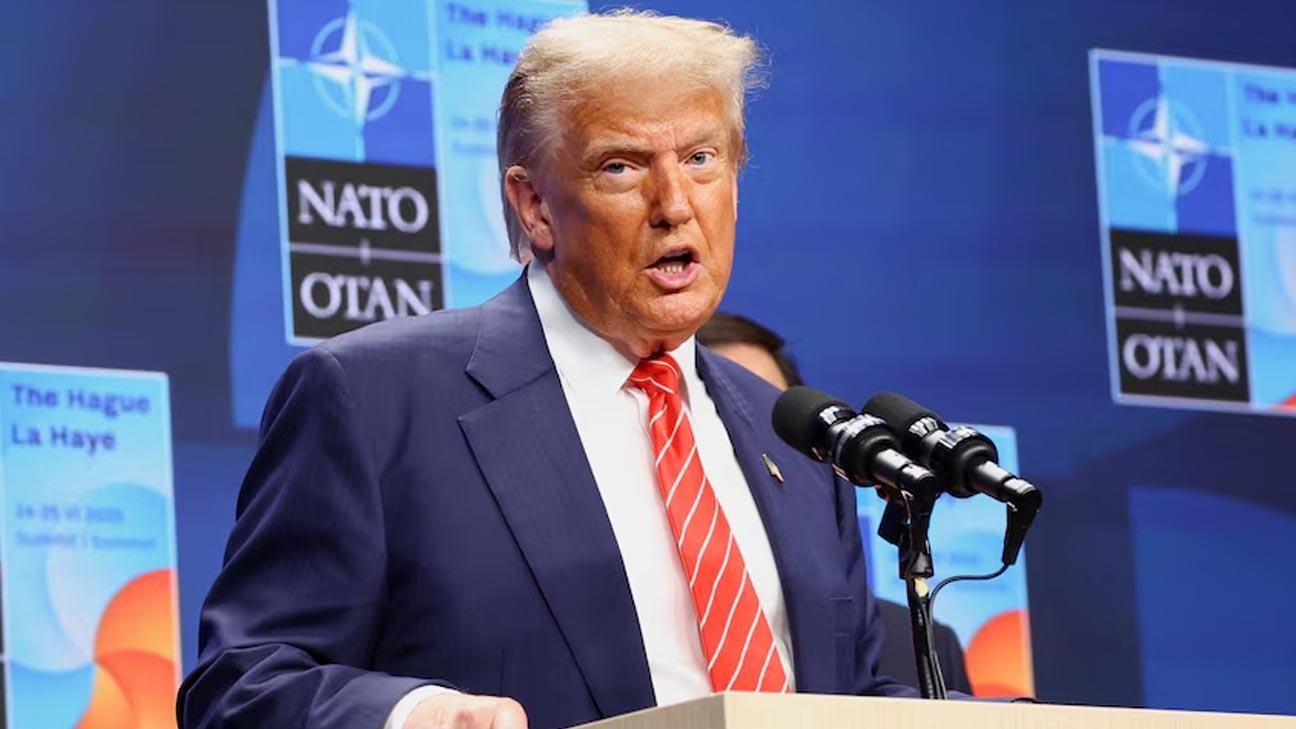In the rapidly shifting landscape of global economics, the Valeriepieris Circle has emerged as a pivotal force driving change. For U.S. policymakers, investors, and business leaders, understanding the dynamics of this region is not just important—it’s imperative. The convergence of factors such as assertive government policies, technological advancements, and geopolitical shifts has positioned this region as a rising economic powerhouse.
This book delves deep into the key drivers of growth in the Valeriepieris Circle and explores their implications for global business, especially from a U.S. perspective. The region’s economic evolution presents new opportunities for U.S. investors but also calls for an agile approach that accommodates local conditions, regulatory landscapes, and emerging market trends.
By examining these factors, this book provides essential insights for U.S. companies seeking to deepen their economic ties within the Valeriepieris Circle, exploring not only the opportunities but also the challenges that come with this growing economic hub.
Chapter 1: Assertive Government Policies: The Foundation of Economic Growth
Governments within the Valeriepieris Circle are taking an assertive and proactive role in shaping their economies. Through targeted policy reforms and strategic initiatives, these nations have fostered an environment conducive to rapid economic growth. This chapter delves into the specific policies that have catalyzed the region’s economic rise and analyzes the strategic choices made by local governments.
Promoting Domestic Industry
The policy drive in countries like India and Vietnam is characterized by initiatives like “Make in India” and “Vietnam 4.0.” These campaigns focus on local manufacturing, emphasizing self-reliance and the development of domestic industries. India’s vision of becoming a manufacturing hub not only boosts its own economy but positions it as a competitive player on the global stage.
From a U.S. perspective, these policies offer both opportunities and challenges. For American firms, the region offers an attractive alternative to traditional manufacturing hubs. However, navigating the local regulatory environment requires careful consideration, as countries are increasingly focused on protecting and developing their own industrial base.
Protection of Strategic Sectors
Certain sectors, such as telecommunications, energy, and agriculture, are seen as critical to the national interest in countries like India, Indonesia, and Vietnam. As a result, these sectors are subject to protectionist policies designed to ensure local control and prevent foreign dominance. These policies often require foreign companies to partner with local players to gain market access, thus shaping the foreign investment landscape in the region.
For U.S. investors, it is crucial to adapt to these regulations. Companies that understand the intricacies of these strategic sectors and engage in partnerships or joint ventures will find opportunities for growth and long-term success.
Implications for U.S. Investors
Understanding these government-driven strategies is key to navigating the investment landscape in the Valeriepieris Circle. By aligning their business models with local policies, U.S. companies can not only gain market entry but also foster long-term relationships with regional stakeholders, ensuring sustainability and profitability.
Chapter 2: Geopolitical Realignment: Navigating Shifting Alliances
The geopolitical landscape of the Valeriepieris Circle is undergoing a fundamental transformation. As traditional global powers such as the U.S. and Europe cede influence to emerging regional powers, the dynamics of global trade and investment flows are being reshaped. This chapter explores the shifting geopolitical alliances in the region and their potential impact on U.S. companies.
Diversification of Alliances
China’s Belt and Road Initiative (BRI) has been a key driver of the region’s shift toward new geopolitical alignments. Countries in the Valeriepieris Circle are increasingly diversifying their international relationships, with significant trade deals emerging between India, Indonesia, and other ASEAN nations. These developments position the region as a crucial hub in global supply chains and trade networks.
From a U.S. perspective, this diversification presents both opportunities and challenges. American companies must reassess their strategies to ensure they are not overly reliant on any one country or geopolitical bloc. With new trade agreements and alliances taking shape, the U.S. needs to position itself as a key partner in this evolving landscape.
Impact on U.S. Businesses
For U.S. businesses, navigating this geopolitical shift requires a recalibration of strategies. Companies that have traditionally focused on Western markets will need to diversify their portfolios to include emerging markets in Asia. This means expanding trade routes, diversifying investments, and adapting business models to capitalize on these new regional dynamics.
Strategic Considerations for U.S. Investors
U.S. investors must be proactive in developing a strong understanding of the region’s shifting alliances. This requires staying abreast of changes in trade policies, forging new partnerships, and identifying emerging markets that may have previously been overlooked.
Chapter 3: Technological Advancements: The Engine of Economic Transformation
The rise of technology is one of the most significant factors driving the economic transformation of the Valeriepieris Circle. Digitalization and the rapid growth of tech startups are reshaping industries and creating opportunities for innovation. This chapter explores the technological advancements in the region and their implications for global businesses, particularly U.S. investors.
Digital Transformation
India, with its thriving IT services and software development sector, is a global leader in technology. However, other countries in the region, such as Indonesia and the Philippines, are also emerging as key players in the digital economy. E-commerce, digital payments, fintech, and AI are driving growth in these nations, making them hotspots for innovation and technological investment.
For U.S. investors, the region presents a fertile ground for investing in digital transformation. Whether it’s mobile payments, cloud computing, or AI-powered solutions, there are a plethora of opportunities to invest in emerging tech that is reshaping business landscapes.
The Rise of Startups
The growing startup ecosystem in the Valeriepieris Circle is another critical factor propelling economic growth. Venture capital is increasingly flowing into the region, supporting innovative startups that are disrupting traditional business models. These startups, particularly in fintech, e-commerce, and healthtech, offer lucrative opportunities for foreign investors.
For U.S. investors, entering this market can be highly rewarding, especially by investing in early-stage startups that have the potential to scale rapidly. The rise of digital and tech innovations makes this region an exciting place for U.S. firms to expand their tech portfolios.
U.S. Investment Opportunities
U.S. investors are uniquely positioned to take advantage of the tech boom in the Valeriepieris Circle. By investing in fintech, e-commerce, and AI, American companies can establish a strong foothold in the region’s rapidly growing markets. Furthermore, the digital infrastructure in countries like India and Indonesia is well-developed, making them ideal investment destinations for U.S. companies looking to expand their tech offerings.
Chapter 4: Financial Independence: Shaping the Future of Global Capital
The Valeriepieris Circle is increasingly becoming financially independent, with major financial hubs emerging throughout the region. This shift is reducing reliance on Western financial institutions and creating new opportunities for investment. This chapter explores how these financial hubs are shaping global capital flows and what it means for U.S. investors.
The Rise of Financial Hubs
Cities like Singapore, Hong Kong, and Mumbai have emerged as key financial centers in Asia, attracting significant investments from both domestic and international sources. These hubs provide the infrastructure and capital needed to support emerging economies in the Valeriepieris Circle.
For U.S. investors, these financial centers offer a gateway to capital markets in Asia. Whether it’s raising capital, accessing financial services, or investing in regional markets, these cities are central to the region’s economic future.
Reducing Dependence on Western Financial Systems
As countries in the Valeriepieris Circle continue to develop their financial markets, they are reducing their dependence on Western-dominated systems, including the U.S. dollar and the IMF. Local currency markets are gaining traction, and regional development banks are growing in influence.
For U.S. investors, this means that understanding local financial systems and currencies is becoming increasingly important. As financial sovereignty grows in the region, U.S. companies must adapt their investment strategies to navigate this new landscape.
Chapter 5: Consumer Upsurge: Unlocking the Potential of a Growing Market
The rapid expansion of the middle class in the Valeriepieris Circle is one of the key drivers of its economic growth. This demographic shift presents a vast consumer market that is transforming industries and creating new opportunities for businesses. This chapter examines the consumer boom in the region and the implications for U.S. companies.
Middle-Class Growth
Countries like India, China, and Indonesia are experiencing unprecedented growth in their middle class. As disposable incomes rise, so too does the demand for consumer goods, technology, healthcare, and luxury products. For U.S. companies, this represents a huge opportunity to expand their customer base in one of the world’s largest and fastest-growing markets.
Retail Market Boom
The retail market in the Valeriepieris Circle is booming, with significant growth in sectors such as automobiles, consumer electronics, healthcare, and luxury goods. U.S. companies in these industries can tap into this burgeoning market to grow their brands and expand their reach.
Challenges and Opportunities for U.S. Companies
While the consumer market offers vast opportunities, it also presents challenges. Cultural differences, regulatory hurdles, and competition from local firms are some of the obstacles that U.S. companies will need to address. However, with the right strategies, American firms can capture significant market share in this rapidly expanding region.
Conclusion
The Valeriepieris Circle offers immense potential for U.S. investors, driven by assertive government policies, technological advancements, and a rapidly growing consumer base. This region’s emergence as a financial hub and its shifting geopolitical landscape only enhance its attractiveness as a global economic player. For U.S. businesses and policymakers, deepening engagement with the Valeriepieris Circle is not only a strategic choice but a necessary step in securing future global leadership.
By embracing the opportunities presented by this dynamic and evolving region, U.S. investors can position themselves for long-term success in some of the world’s most exciting markets.
----
Author: AKM Sayedad Hossain
International Marketing & Policy Expert | Head of International Affairs at Standard Finis Oil Co. | Executive Director, IIGS




_2.jpg)


.jpg)
.svg)
